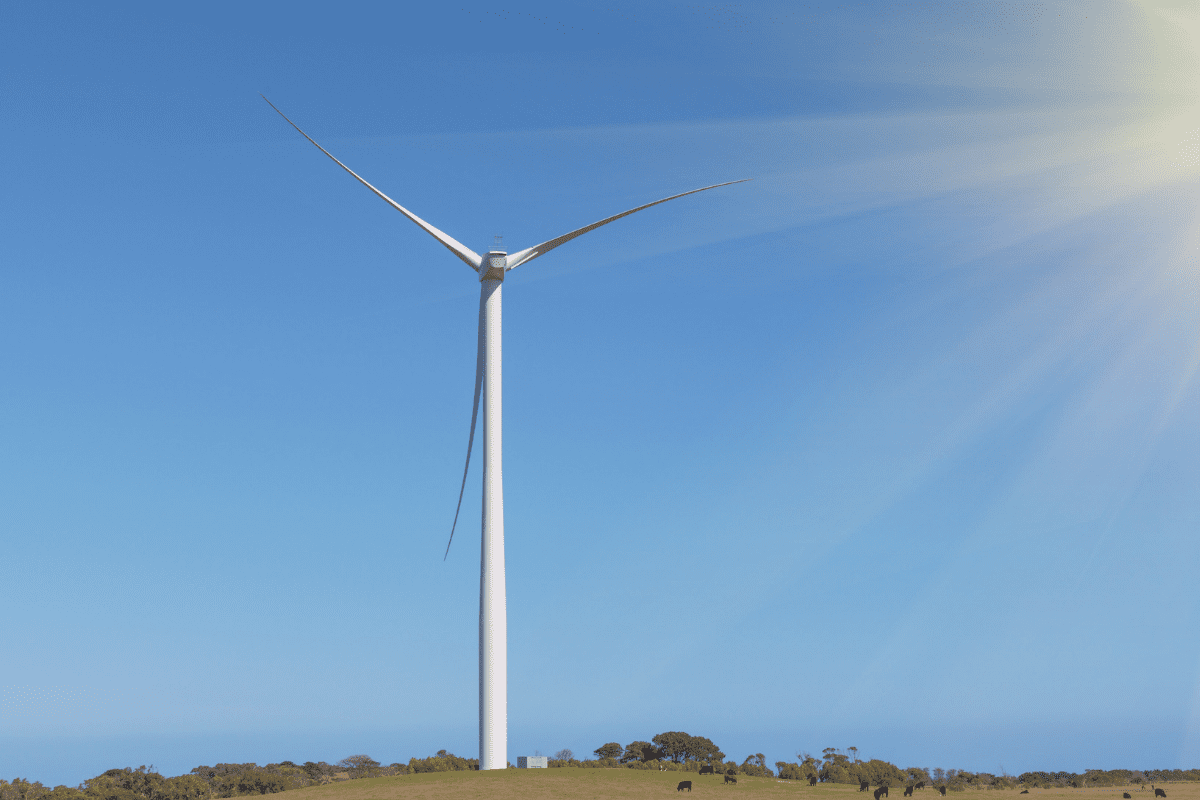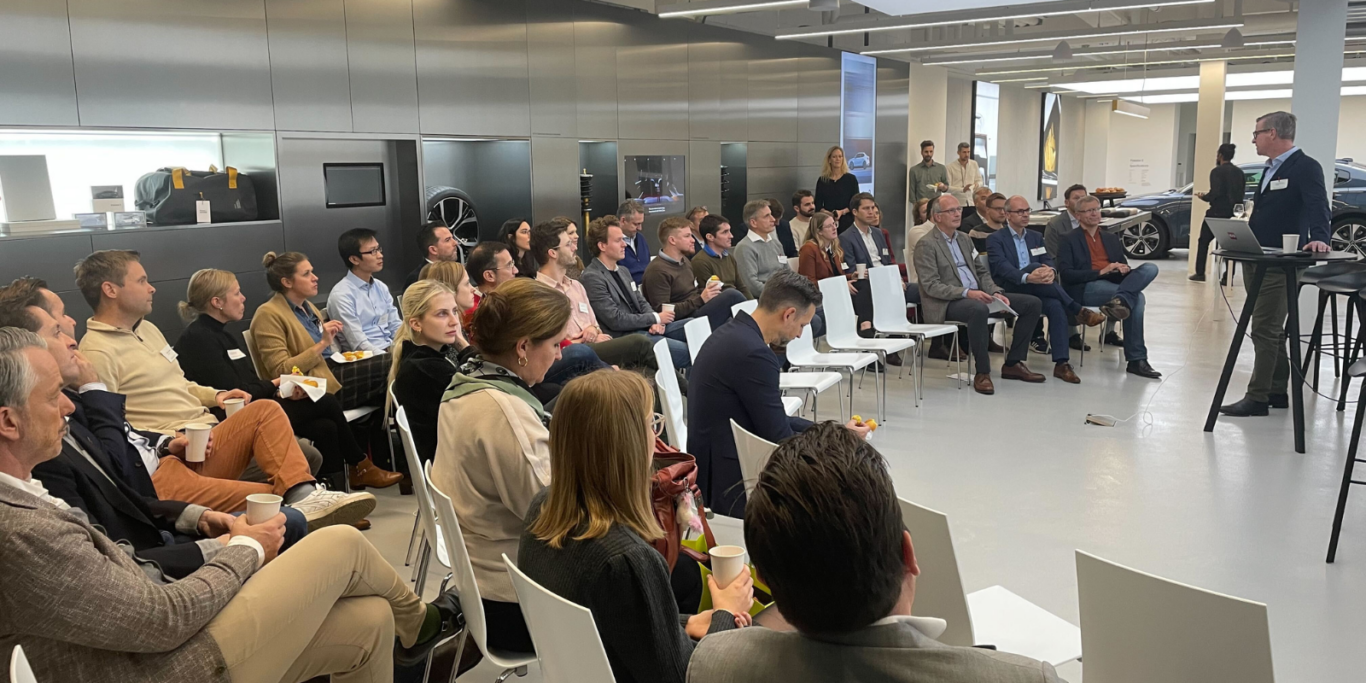Climate action? Sustainable development? Recently, the Intergovernmental Panel on Climate Change released a report on how humans are undeniably responsible for the unprecedented warming rate of the earth’s climate.
According to climate change data, global warming is driven by greenhouse gas emissions from human activities. We’re drawing dangerously close to irreversible tipping points, where our natural systems like seas and forests are getting damaged forever.
Moreover, humanity’s CO2 footprint will likely destroy us along with these natural systems, like heatwaves, forest fires, flooding, and droughts becoming a reality in many parts of the world.
Global warming will also unravel our hard-won progress with sustainable development goals (SDGs), such as eradicating poverty and achieving gender equality.
Indeed, SDGs and climate action go hand-in-hand. With greenhouse gas and CO2 reduction resulting from achieving key SDGs, we can adapt to the climate change consequences we’re currently facing.
At the same time, progress with climate action is essential for attaining certain SDGs like sound health, well-being, and clean water, to name a few.
So how does climate action relate to sustainable development? Come right in, and let’s look at the relationship between these two.
What is Climate Action in Relation to Sustainable Development?
Climate action is any policy, measure, or program that reduces greenhouse gasses, builds resilience against climate change, or supports and finances those goals. Given this broad definition, many actors can take climate actions.
For example, pursuing a world of high-efficiency energy and materials consumption along with low GHG-intensive food consumption. This will facilitate limiting warming to 1.5C and contribute to sustainable development.
Climate action could also apply to individuals maintaining sustainable living practices, businesses investing in green products and solutions, or even cities committing to more eco-efficient building standards.
3 Ways Climate Action Aligns with Sustainable Development
Climate actions can bring short-term benefits while lowering humanity’s current and future carbon footprint. Here are three ways we can see them align with SDGs:
1. Minimizes existing problems
Current warming is already negatively impacting natural and human systems, threatening our progress in sustainable development goals (SDG).
Case in point, we’ve seen with the coronavirus how a population with respiratory issues can keep the world at a standstill.
Similarly, air pollution can threaten human health. Cutting down on emissions will solve the climate crisis and improve the health crisis as well. Taking immediate climate action can fix many problems we have.
As Tjada D’Oyen McKenna, CEO of Mercy Corps points out: rapid response is essential. Small-scale farmers cannot afford to wait for theoretical technology when disasters are plaguing their crops right now.
Policies should focus on maximizing existing channels for a rapid response so accurate, and actionable solutions can work immediately.
2. Creates new opportunities
The International Labor Organization says it best: today, climate change and environmental degradation pose significant economic growth and employment challenges. And the risks will be even greater in the future.
However, if warming is adequately managed, climate action can actually offer opportunities to create new jobs. Measures to cut down our CO2 footprint will lead to a transition towards a low-carbon and green economy.
We’ll need workers for environmentally friendly production processes and outputs, such as expanding urban public transport and improving waste or water management.
As a sustainable development goal, decent work and economic growth also advocate for the just transition of workers coming from less environmentally sustainable industries, so no one is left behind.
3. Promotes further development
Climate change increases the costs of sustainable development in poorer countries. This, in turn, will also affect the global supply chain and economy of developed countries. Achieving low-carbon, climate-resilient growth is an investment for our future as a planet.
In fact, many governments are now incentivizing climate action in accordance with this mindset. As a write-up from Hoymiles’ notes, US-based individuals and organizations can take advantage of the federal Investment Tax Credit (ITC).
ITC gives you a 26% dollar-for-dollar reduction in your income tax when you invest in solar power generation as part of the government’s renewable energy strategy.
Same in Sweden, with the government allocating a budget to support homeowners in deploying residential PV systems under the country’s solar rebate scheme for rooftop solar. These returns provide individuals with additional gains while pushing for sustainable energy progress.
The World Happiness Report tells us there’s a strong correlation between sustainable living and our well-being. Interestingly, well-being also correlates positively with environmental protection.
Although the process of implementing widespread climate action remains an uphill battle, it’s clear that the outcome of environmental policies makes life better for us.
Related posts:
Share this Post



